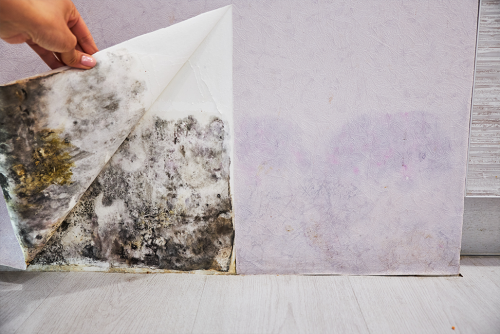Types of Flood Insurance Coverage

For a complete list, see Summary of Coverage Guide.
FAQs about flood insurance coverage
If your client purchased building coverage, some examples of what is covered are:
- The electrical and plumbing systems.
- Furnaces, water heaters, heat pumps and sump pumps.
- Refrigerators, cooking stoves and built-in appliances such as dishwashers.
- Permanently installed carpeting over an unfinished floor.
- Permanently installed paneling, wallboard, bookcases and cabinets.
- Window blinds.
- Foundation walls, anchorage systems, and staircases attached to the building. There is an exclusion for “loss caused directly by earth movement even if the earth movement is caused by flood.”
- A detached garage used for limited storage or parking. Up to 10% of the building coverage limit can be used but will reduce the total amount of building coverage available.
- Cisterns and the water in them.
- Fuel tanks and the fuel in them, solar energy equipment and well water tanks and pumps.
If your client has contents coverage, some examples of what is covered include:
- Personal belongings such as clothing, furniture and electronic equipment.
- Curtains.
- Portable and window air conditioners.
- Portable microwave ovens and portable dishwashers.
- Carpets not included in building coverage (carpet installed over wood floors, etc.).
- Washers and dryers.
- Certain valuable items such as original artwork and furs (up to $2,500 per item).
- Food freezers and the food in them (but not refrigerators).
- Damage caused by moisture, mildew, or mold that could have been avoided by the property owner, or which are not caused by a flood.
- Damage caused by earth movement, even if the earth movement is caused by flood.
- Additional living expenses, for example temporary housing.
- Financial losses caused by business interruption or loss of use of insured property.
- Property and belongings outside of an insured building such as trees, plants, wells, septic systems, walks, decks, patios, fences, seawalls, hot tubs and swimming pools
- Currency, precious metals and valuable papers such as stock certificates.
- Most self-propelled vehicles such as cars, including their parts.
Yes, the cause of the flooding matters.
For example, damage caused by sewer backup is covered by flood insurance only if it directly results from flooding. Damage is not covered if the sewage backup is caused by some other problem.
For a complete list of what is and isn’t covered, review the Summary of Coverage guide.
Flood insurance premiums vary, depending on factors like the construction date and flood risk of the property.
Encourage your clients to get a quote for both building and contents coverage. In most cases, they are separate coverages with separate deductibles.
The NFIP’s pricing methodology leverages industry best practices and cutting-edge technology to enable FEMA to deliver rates that are actuarially sound, easier to understand and better reflect a property’s flood risk.
With the NFIP’s pricing approach, FEMA is using new capabilities and tools, catastrophe models, evolving actuarial science and flood risk variables (including flood frequency, flood types, distance to a water source, elevation and the cost to rebuild) to set rates that reflect each property’s flood risk.
No, NFIP flood insurance rates do not differ from company to company or agent to agent. All policy premiums include certain fees and surcharges, so inform your clients about these when discussing a price quote.
Areas that are designated as moderate- or low-risk of flooding are shown as B, C, or X on a FEMA flood map.
Areas that are marked as AR and A99 on a flood map represent areas that are behind a levee currently under construction or repair.
FEMA’s flood map data informs the catastrophe models used to develop rates under NFIP's pricing approach. Flood Insurance Rate Maps (FIRMs) continue to be used for mandatory purchase requirements, building code requirements and floodplain management requirements. FIRMs have always been the backbone of those programs.
